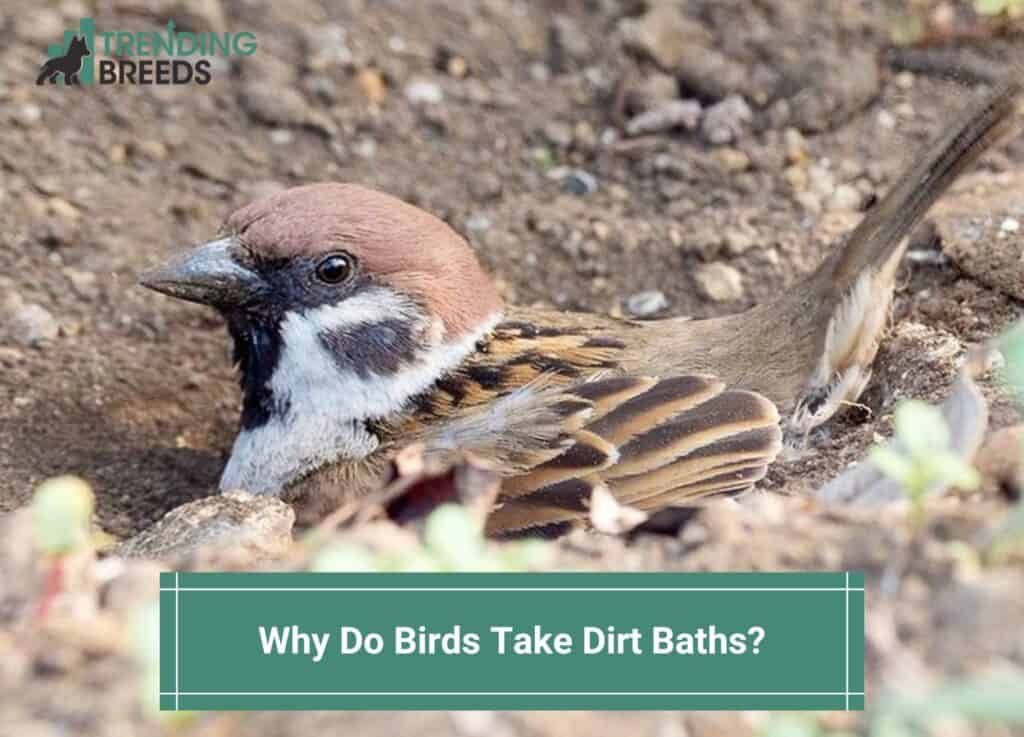
If you’re a fan of bird watching, you may have noticed a bird moving its feathers around frantically in the dust. This may concern some individuals, as they might think the bird is sick. But in reality, he’s just taking a dust bath. Why do birds take dirt baths?
Dust bathing is a part of the preening process that birds use to keep their feathers clean. It also helps to fix any feathers that have come out of place to ensure a smoother flight.
Keeping their feathers clean can also make birds appear to be more attractive mates to potential partners.
Before you scroll further down this guide, check out these other bird-related articles: Are Birds Carnivores? and Best Bird Rescues in Australia.
Table of Contents
What Is Preening?
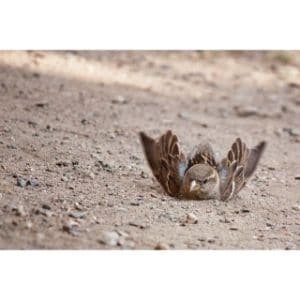
The preening process is used by birds to maintain the healthiest possible condition of their feathers. During preening, birds clean their feathers of debris such as dust, contaminants, and parasites.
They also arrange their feathers so that each is in the best position possible concerning the feathers around it and its body shape.
The majority of bird species preen themselves multiple times every day to maintain their physical and mental wellness. A vital component of the preening process is the uropygial gland, often known as the preen gland.
This gland, located close to the base of the tail, secretes an oily and waxy substance that helps feathers remain flexible while protecting them from the elements and preventing them from drying up. When birds preen themselves, they spread this oil across their feathers to uniformly coat and protect them.
A few different kinds of birds do not have a uropygial gland. These include owls, pigeons, parrots, and hawks. Instead of preen oil, these birds use powder down, a byproduct of their specialized feathers.
Powder-downed birds rarely take baths or swim underwater, so they don’t need the extra protection that preen oil gives.
Why Birds Take Dust Baths
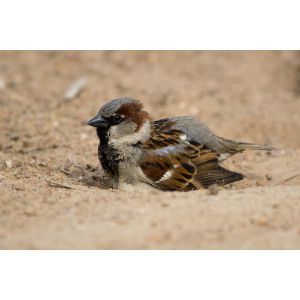
Preening and plumage upkeep, often known as dusting, dirt baths, or sand bathing, are important parts of a bird’s routine to keep its feathers in pristine condition.
The bird’s feathers will not become oily or matted if the dust is massaged into the feathers since the dust will absorb any excess oil present.
The oil-soaked dust may then be easily shed, which helps maintain the feathers’ cleanliness and pliability, contributing to more aerodynamic flying and more effective insulation.
Excess dust can also be used to remove dry skin and other detritus, and frequent dusting can help suffocate or minimize the presence of lice, feather mites, and other parasites.
Common Birds that Dust Bathe
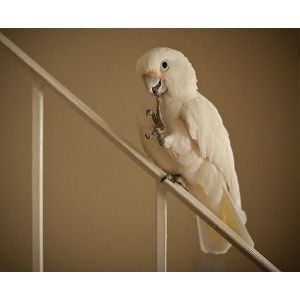
Hundreds of bird species have been documented as having the habit of dusting; however, the regularity with which they engage in this behavior varies according to the species, the season, and the weather conditions in the area.
Many species of sparrows and game birds such as wild turkeys, ring-necked pheasants, helmeted guineafowl, and California quail are among the most common dusters.
Dust bathing is a daily routine for many birds, including wrens, larks, thrashers, and thrushes. It’s not uncommon to witness desert-dwelling birds taking a dust bath.
Even certain birds of prey, such as different species of kestrels, employ dust bathing as a part of their preening routine. Ostriches and emus also engage in this behavior.
How Birds Dust Bathe
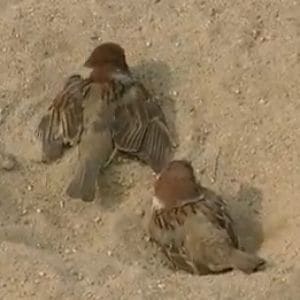
The importance of dust baths to birds increases in dry environments, particularly throughout the summer, when fresh water is limited.
However, dusting can occur everywhere and at any time if a bird feels it is vital to keep its feathers clean and there is an appropriate patch of dust or dry soil nearby. Dusting can also take place when a bird is preening.
To prepare a wallow for a dust bath, a bird will first scrape its feet in dry, fine, crumbly mud or sand. This will produce the necessary conditions for the bird to take a dust bath.
The shallow depression may become more pronounced if the breast is brought closer to the ground and if rolling, swaying, or rocking is being done.
The bird will vigorously flap its wings, much like when bathing in water, to cover its entire body in dust.
During this frenzied action, the feathers may become fluffed, and the tail may be fanned out, which allows the dust to penetrate the skin. Also, the bird may coat the cheek’s shorter feathers by rubbing its head on the ground.
Usually, the bird will bathe in the dust for a few moments before pausing to collect its breath or look around; however, it may repeat the process multiple times to ensure a thick dust coating.
When that happens, the bird might fly to a neighboring perch or shake off the dust before settling in.
When birdwatchers come across a dusting bird, their initial reaction can be to worry that the bird is hurt, ill, or being pursued by another animal.
However, if you follow its movements for a few seconds, you’ll observe that in a little while, the bird is done with its dust bath, shakes off, and returns to a more peaceful posture.
Birds may take numerous dust baths per day, depending on the species, and they frequently return to the same preferred locations, which typically already contain popular wallows and dirt good for dusting.
Bird species mostly dust on their own, but some can stop by larger wallows in flocks.
At these larger wallows, multiple birds may dust simultaneously, whereas others wait nearby for an opportunity to use the prime dusting areas.
How to Set Up Dust Bath for Birds
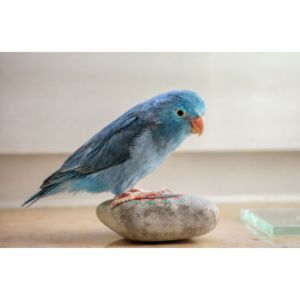
You may provide your visiting birds with a dust bathing area in your yard as much as you would provide them with a standard water bird bath.
This is a good method for attracting a wide variety of species that regularly engage in preening behaviors such as dusting as part of their grooming routines.
It’s not hard to make a dust bath—all you need to do is leave a patch of uncovered dirt in your garden or landscaping.
You may also make an inviting spot for bathing in the dust by removing all vegetation and other litter from a location and replacing it with either dirt or fine sand in an open area with plenty of sunlight.
You’ll want to eliminate any large clumps of dirt and ensure the soil is fine and dry.
The dust bathing spot must be large enough to simultaneously accommodate multiple birds wallowing in the dust. It is also important to clear the area of any bushes or trees the predator could use as cover.
No amount of bird feeders or bird baths will attract birds to a location where they feel unsafe landing on the ground. Removing all of the bushes and trees in the area is unnecessary.
Birds who enjoy dust baths would appreciate a perch to dry off and rest.
A dusting area can be enjoyable to create, and it can also be fun to observe the birds as they engage in this amusing ritual.
You are welcome to create a one-of-a-kind look for the area by installing an ornamental border, edging it with pebbles, or lining it with low-growing plants that provide ground cover. Try something new!
How Often Do Birds Dust Bathe
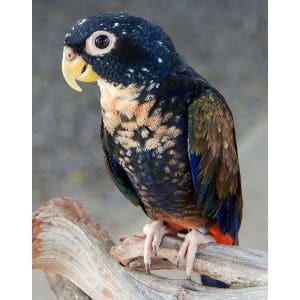
It’s impossible to generalize how often different bird species enjoy a dust bath. The bird is more likely to take a dust bath if it lives in a dry region or if it is currently summertime.
This is because water sources are more difficult to locate, making maintaining a regular hygiene routine more challenging.
However, dusting typically occurs when the bird notices a problem with a feather and dirt is readily accessible.
It’s possible that dusting will take place multiple times every day. Once a good wallow has been dug, birds may return there repeatedly. Sometimes flocks of birds may gather for a communal dust bath.
This occurs quite frequently when the birds are part of the same flock and have discovered a location where dusting can be done relatively easily.
The Importance of Taking a Dust Bath for Birds
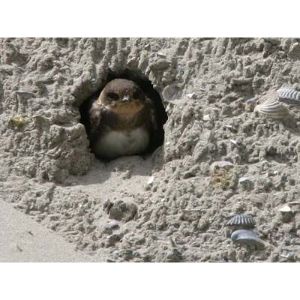
Birds preen for several important reasons, including but not limited to:
- Using preen oil to add moisture to feathers makes them resilient and pliable rather than dry and brittle. Feathers are better able to resist the strain of flight as a result of this.
- Properly arranging feathers to serve as a waterproof barrier and thermal insulator against moisture and excessive heat or cold.
- Straightening out the feathers so they fly more smoothly and efficiently. Reduced energy expenditure during flight allows birds more agility and maneuverability.
- Eliminating parasites and diseases caused by body lice and feather lice. This helps the birds stay healthy and prevents the disease from spreading across the flock or nest.
- Removing the thick sheaths that protect freshly molted feathers. The removal of these coverings facilitates the swift placement of feathers in their optimal positions for immediate use.
- Improving one’s physical condition as a mating strategy. A stronger, more appealing bird will be more likely to find a healthy, compatible spouse and have successful offspring.
It should come as no surprise that many different species of birds spend many hours each day engaging in the behavior of taking a dust bath because there are numerous benefits associated.
Frequently Asked Questions
Do pet birds need dust baths?
If you bathe your pet bird, it will have ample opportunity to preen itself.
Should I leave the TV on for my bird?
Some birds might enjoy the extra noise from the TV.
How many hours a day should a bird be out of its cage?
Anywhere between two to three hours per day will be healthy for a bird to be out of its cage.
So Why Do Birds Take Dirt Baths?
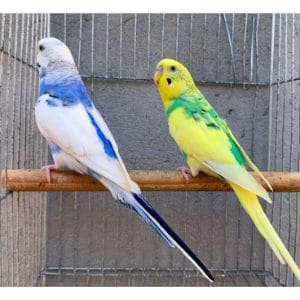
So, the next time you find a bird dust bathing, remember there is no need to intervene.
All you need to do is sit back and enjoy the amusing show they put on as they clean their feathers and look like a million bucks!
If you find this guide, “Why Do Birds Take Dirt Baths,” informative and helpful, you can check out these other animal-related articles from our team:
You can learn more about why birds take baths by watching “Why Do Birds Take Baths?” down below:




